Mystic River Bridge, Mystic Connecticut
I lived in Mystic, Connecticut for the summer and fall of 1972. I had the use of a good camera and was a short walk to the former New Haven ‘Shoreline’ and so I often watched the trains, mostly Penn Central passenger trains. As a child, my family rode the New Haven occasionally and I remember riding along and seeing the ocean much of the way. In 1972 my interest in railroading was mild at best, but I couldn’t help but look up when I heard the rumble or horn. A friend and I had recovered and restored an old rowboat, which we kept tied up at a marina on the Mystic River across the street from where I was living. This provided me with alternative transportation, and so this little story. The marina was in the area between the Route 1 highway bridge and the downstream railroad bridge, and I often rowed that stretch of the river when I wasn’t working painting houses.
Before — 1968-1972
Having worked on a sport fishing boat in Niantic, Connecticut in the early 1960’s and having to help guide the boat through the narrow channel between the Route 1 bridge and the New Haven’s lift bridge, I was acquainted with the routine of notifying the bridge tender when wishing to pass through the channel. It was the same routine in Mystic; once or twice we took the boat over there and had to pass through the bridge. I got a kick out of blowing the klaxon and seeing the bridge open. Back in the ‘60’s, the New Haven trains were shiny and flashy but by the time I was back there they were dirty and looked worn out. Penn Central didn’t really care about passenger trains and they did their best not to dissuade anyone of that attitude.
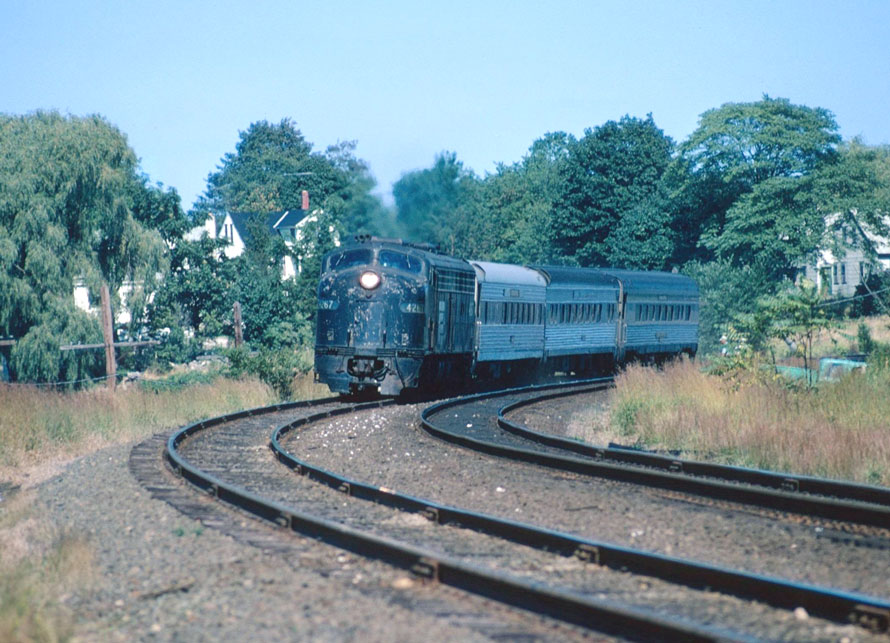
One day I rowed down to the railroad bridge, tied off the boat, and climbed up to have a closer look at the bridge. The bridge tender invited me in and so started a ritual of rowing out and visiting that summer. I think I recall his name as Bob but do not remember his last name. I pretty much stayed out of his way, but he showed me how everything worked. He wouldn’t open the bridge for boat traffic if a train was due within a certain period of time, and sometimes the boat traffic piled up.
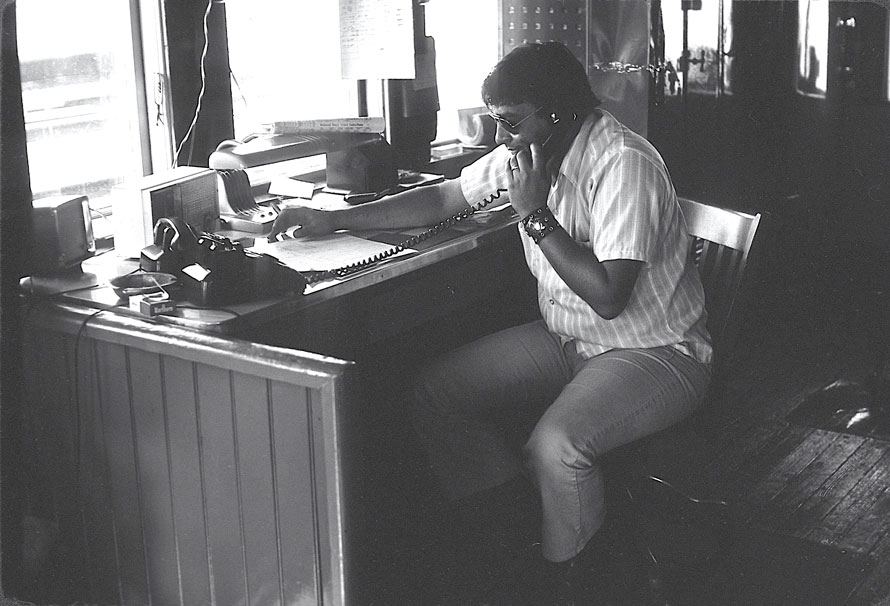
The bridge was a double track center bearing through truss swing bridge dating from 1919. It had an interlocking plant that protected the trains when the bridge was not fully closed and locked in place. Rails on the bridge locked into place when the bridge was closed, ensuring safe and smooth ride across the joints. There were derail switches on each track on both sides of the bridge. These would prevent a train from going onto the bridge if it wasn’t fully closed and locked in place or over the bridge abutment and into the river if the bridge was open.
It was an enjoyable summer there and I took a few photos to remember it by. I wasn’t interested in a railroad career back then and don’t remember much detail about the bridge operation. Penn Central was a depressing operation and I moved on. What I never imagined were the changes that were coming to the railroad and to the Mystic River bridge and that I would spend almost forty-five years (so far) working in the railroad industry.
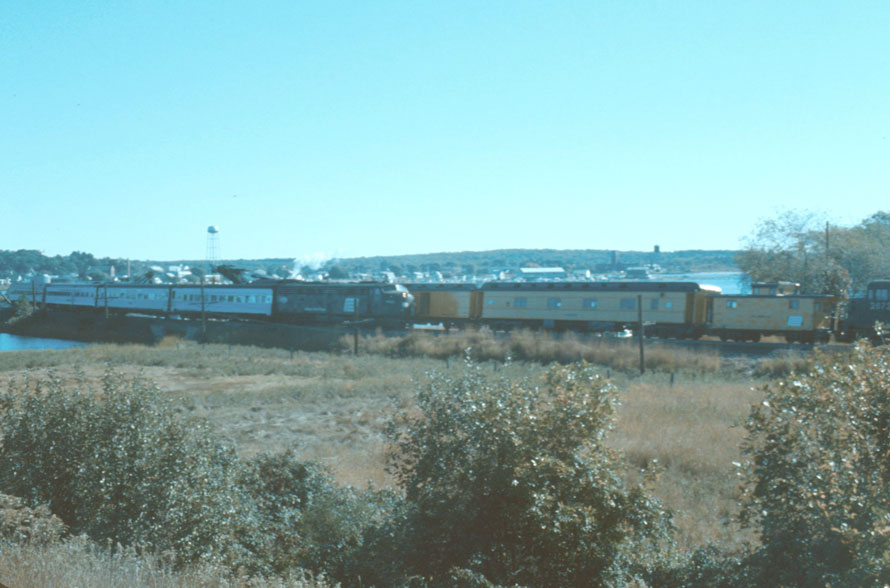
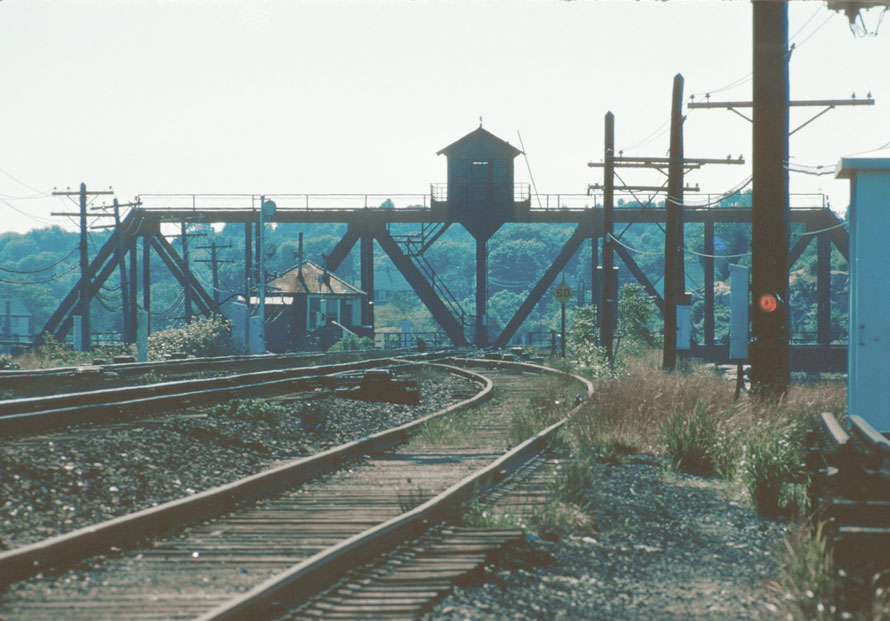
So, in doing some research for this story, I came across a series of photos in the Library of Congress taken by W.H. Moore in 1968, just before the Penn Central took over the New Haven, for the Historic American Engineering Record that show the bridge in great detail. They are too good to pass up and since they are in the public domain, here are a few of them.
All of these and a few more that I didn’t include here are covered by the following citation:
Historic American Engineering Record, C., Moore, W. H., New York, N. H., American Bridge Company, Searles, Union Switch & Signal Company & National Railroad Passenger Corporation. (1968) New York, New Haven & Hartford Railroad, Mystic River Bridge, Spanning Mystic River between Groton & Stonington, Groton, New London County, CT. Connecticut Groton New London County, 1968. Documentation Compiled After. [Photograph] Retrieved from the Library of Congress, https://www.loc.gov/. If you’re interested in railroad bridges, the Library of Congress has over 1,000 images, most of which are available online.
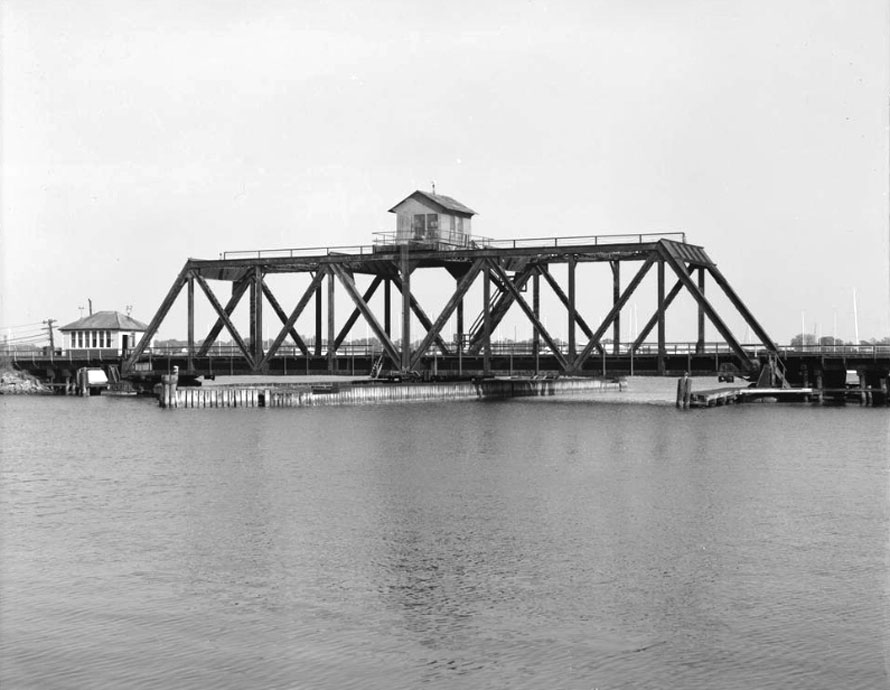
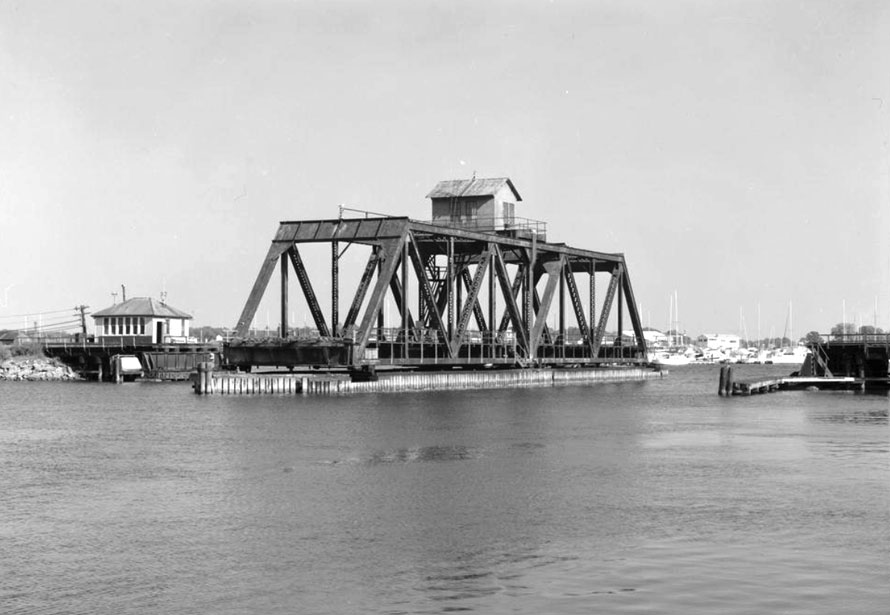
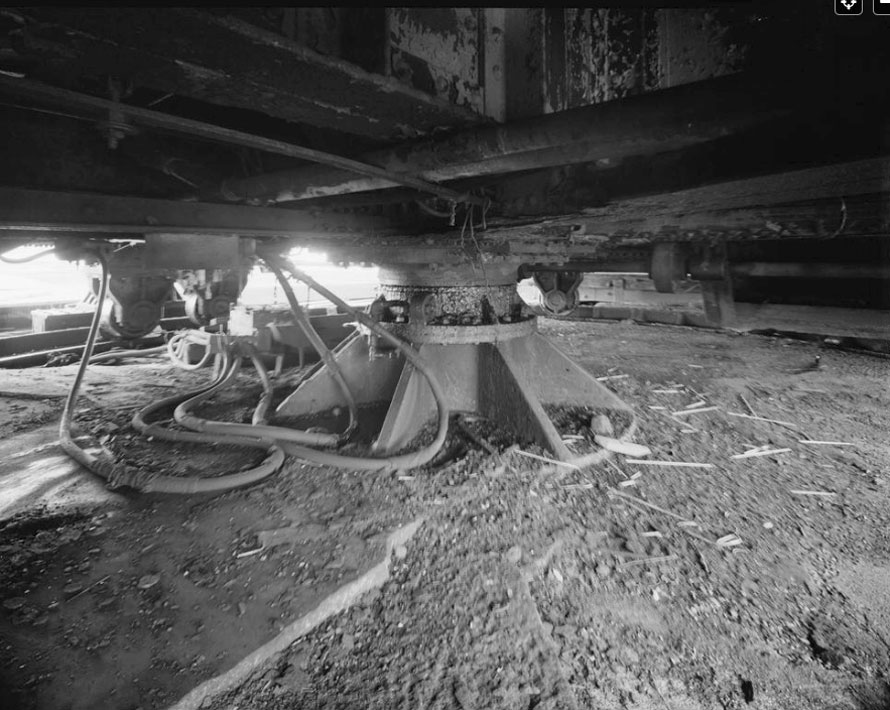
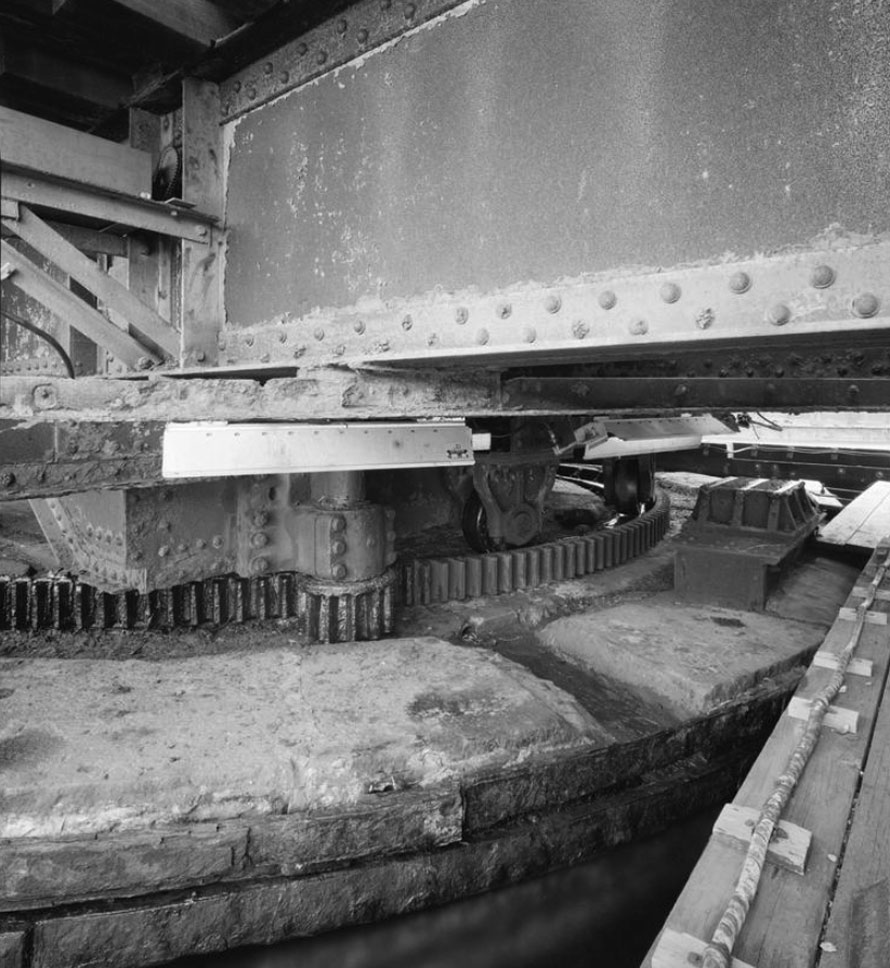
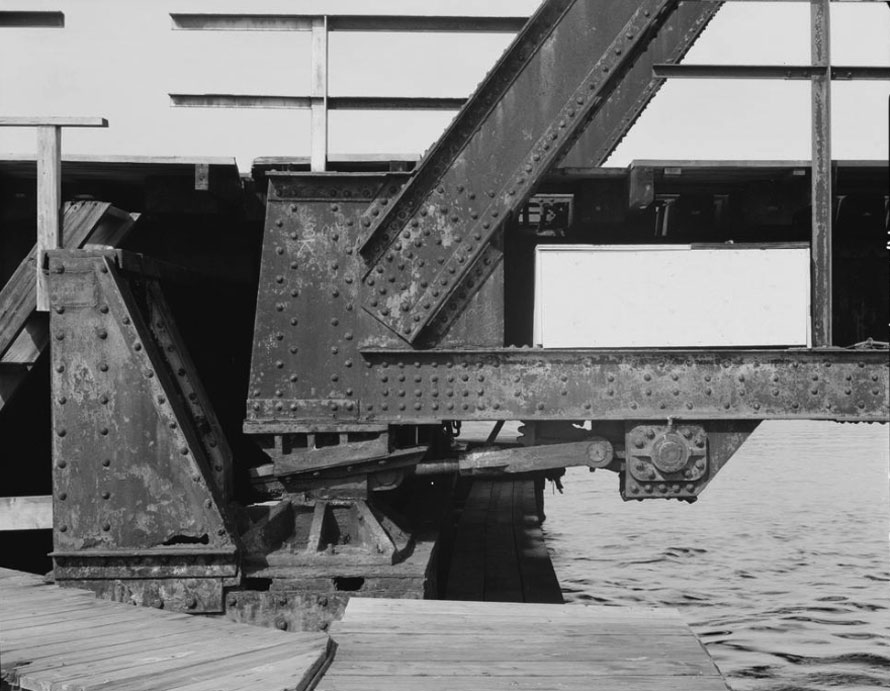
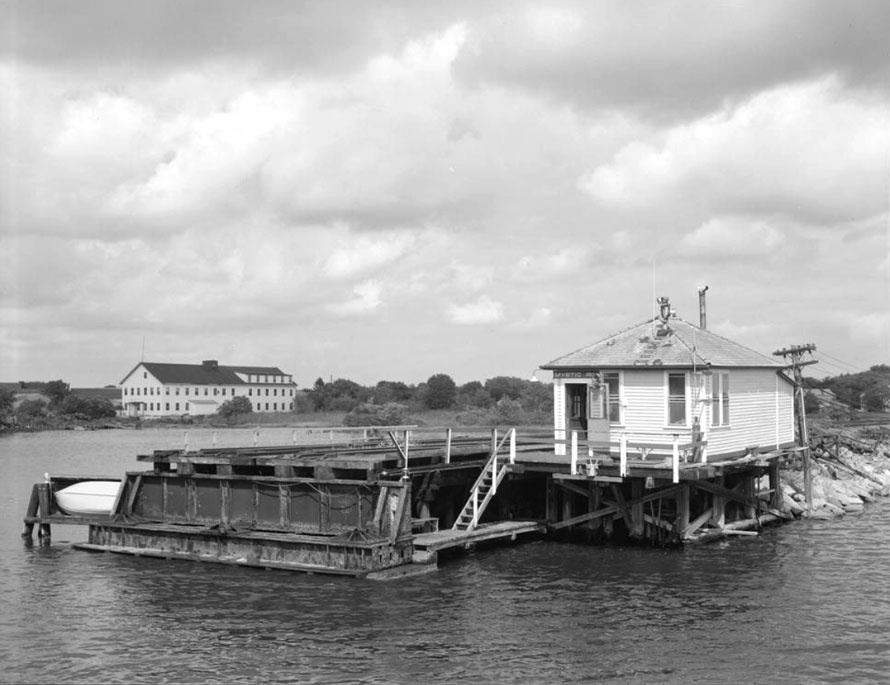
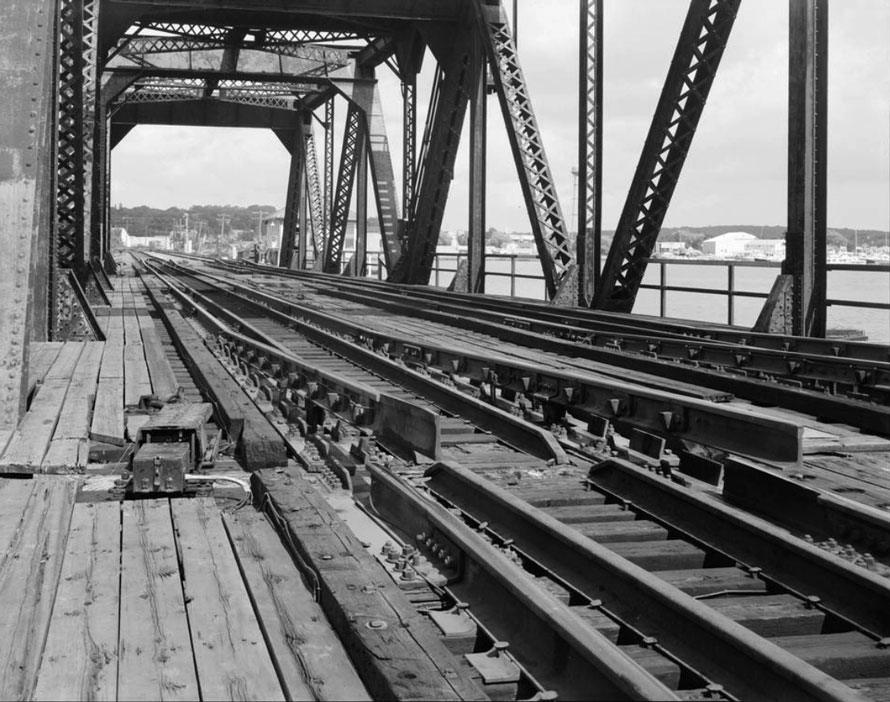
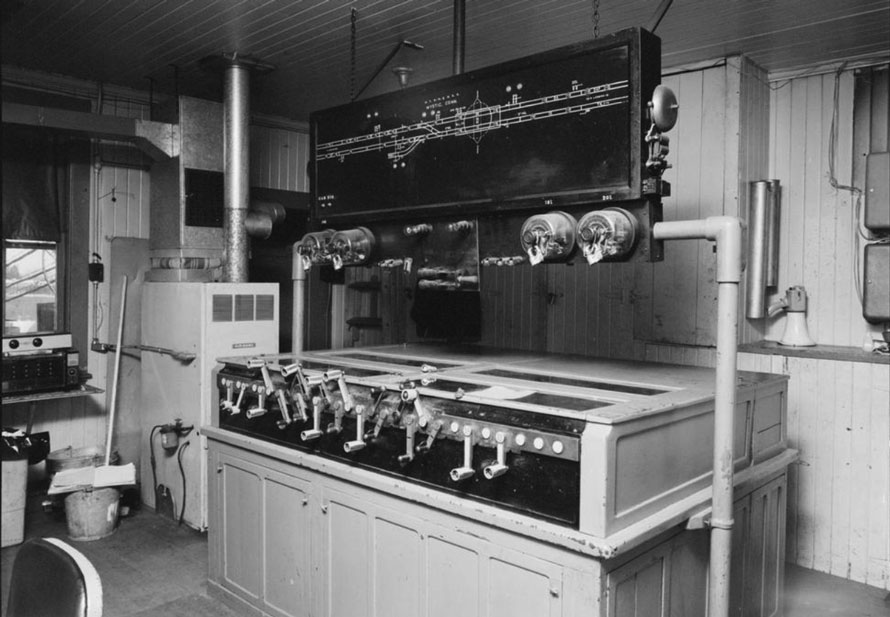
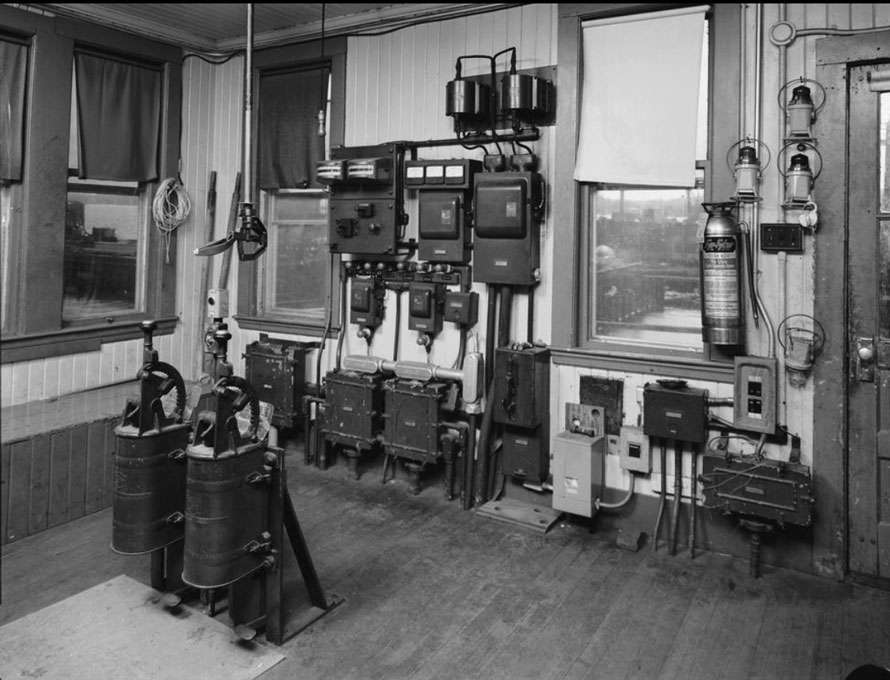
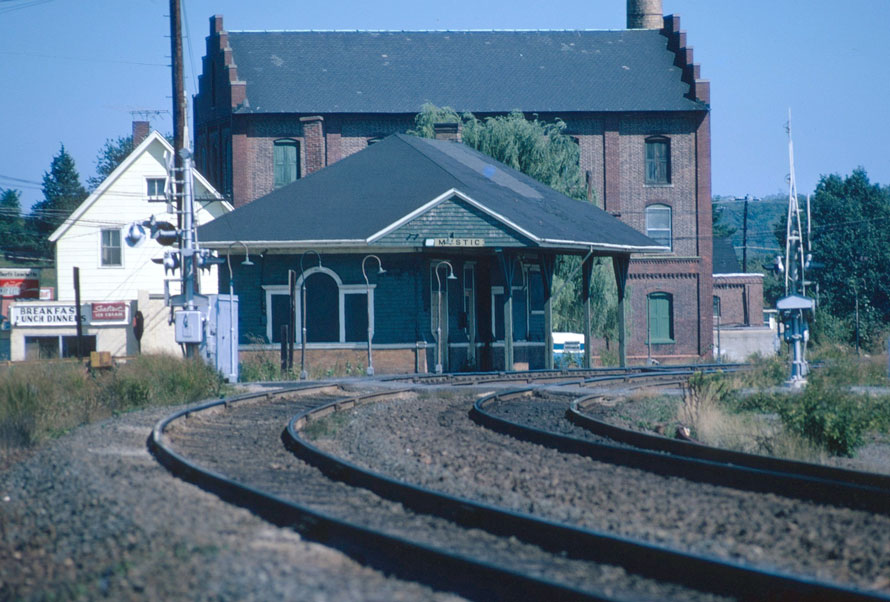
After — 1991
Traveling back to Mystic many years later, I wanted to see the replacement bridge that Amtrak had installed. Rebuilding the northeast corridor had been front page railroad engineering news for several years and the Mystic River bridge was one of the features. It was finally finished, and I was able to go by and have a look. The difference between 1972 and 1991 was amazing. The bridge was in operation, still a swing span truss, but the bridge tender’s cabin was now on top of the bridge structure. Welded rail, concrete ties, elastic fasteners, deep ballast, and beautifully surfaced double track. Derails were still in use protecting the trains and the bridge. Bob was most likely retired, and I didn’t try to meet the new bridge tender because I couldn’t find the ladder. Train traffic across the bridge was busy during my visit, and I was content to see it in full operation.
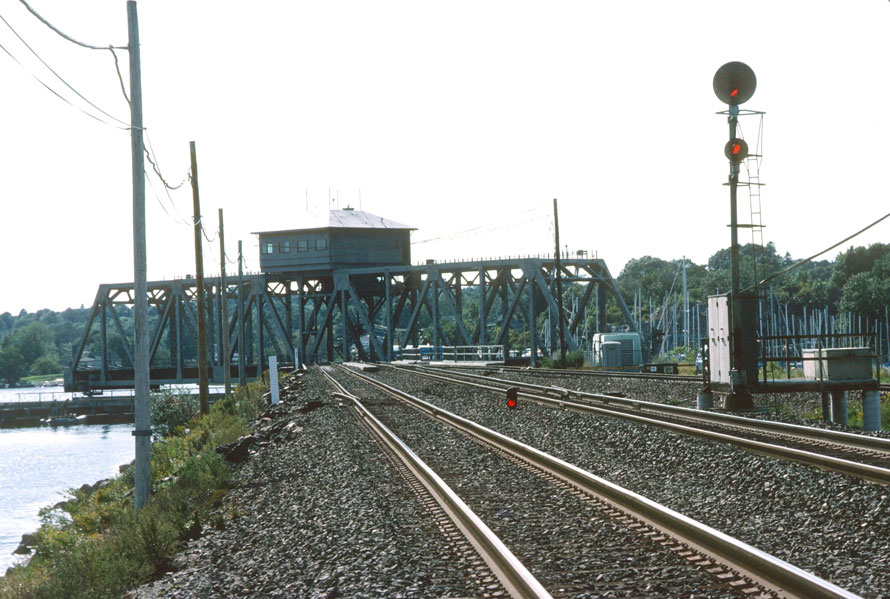
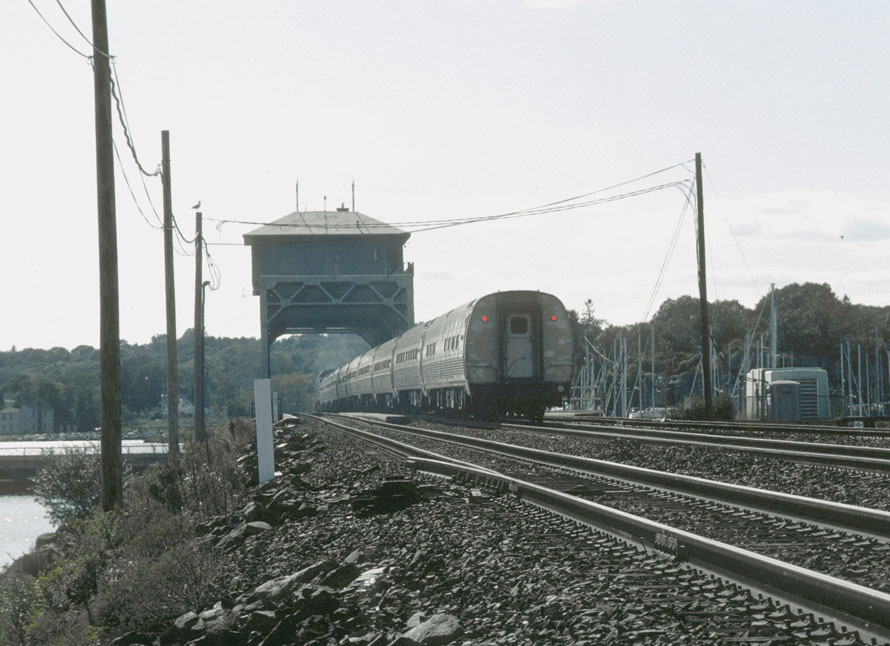
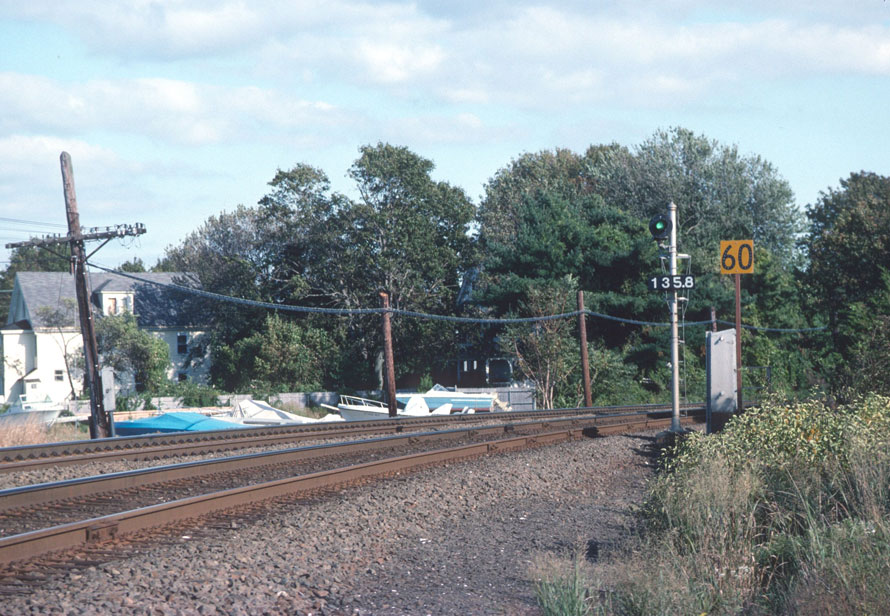
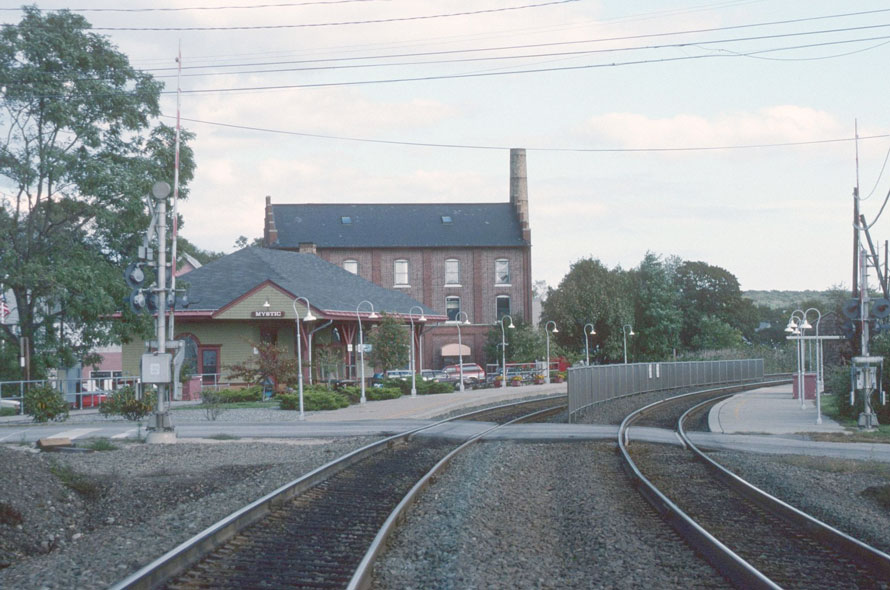

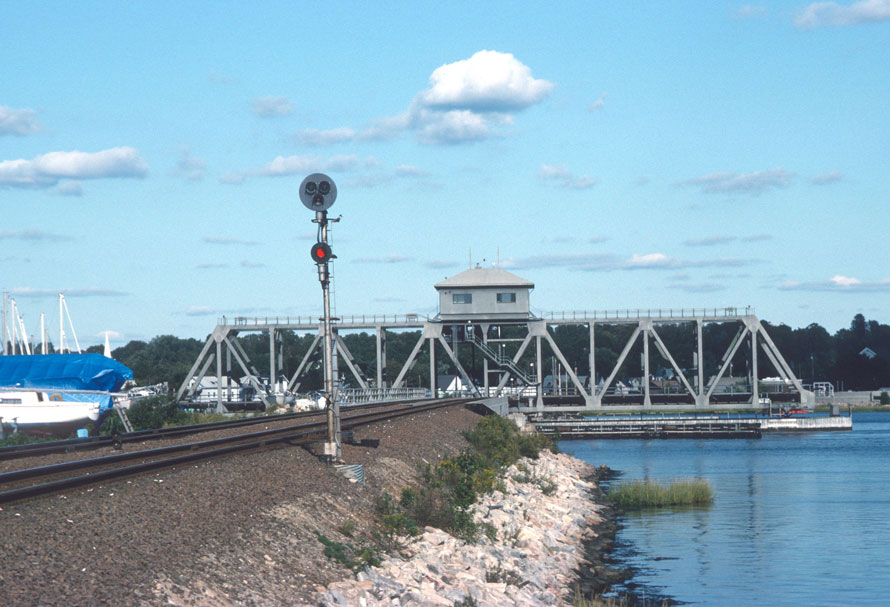
Tri-colored signal above stop signal. Sept. 28, 1991.
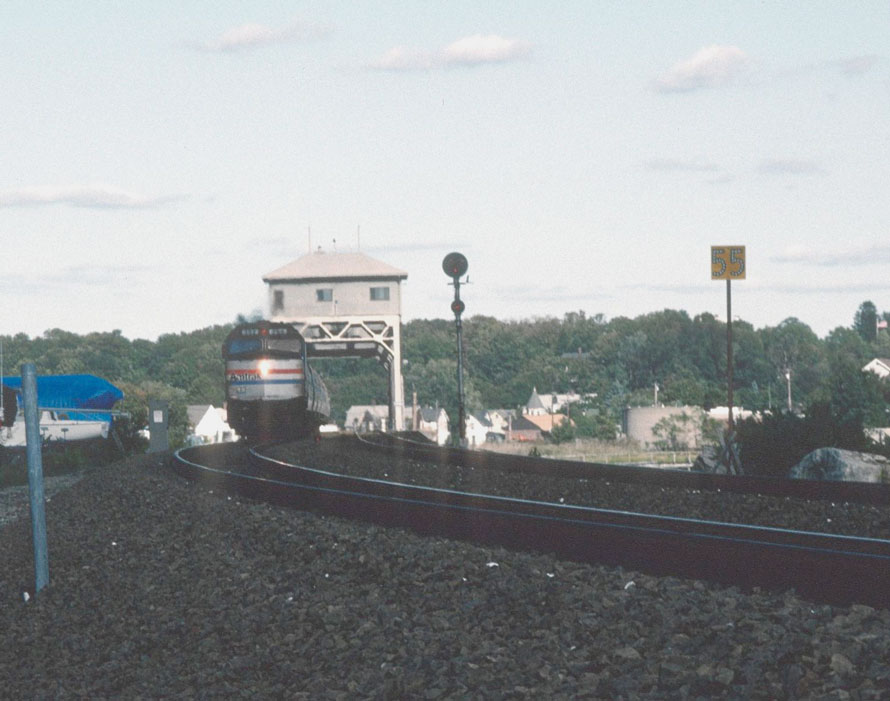
Of course, even these ‘after’ photos are outdated now. Amtrak has electrified the corridor from New Haven to Boston and the entire railroad is lined with catenary support structures and wires. I haven’t been back to examine the electrified bridge, but have ridden across it on a couple of occasions behind now-retired AEM-7’s. The only diesel-electric locomotives you’ll see there now are occasional freights of the Providence & Worcester Railroad and Amtrak work trains. But the new Mystic River Bridge should be around for a good long time.
Peter Conlon – Photographs and text Copyright 2022
Hi Peter, thanks for posting this story. One of my first assignments after qualifying as operator on the Boston Division was here at this bridge, summer of 1975. I probably “posted” with Bob to learn the job but I can’t remember his name either (it has been too many years). There were long idle periods between trains and boats when I’d entertain myself by feeding the gulls who would perch on the railing and wait to be fed. I recall the massive inertia of the rotating span and worrying that I might not align the rails just right as they approached closing. You had to slowly approach the locking point, slowing down with those large controllers as it got close. I think I had to reverse the controller to act as a brake. That’s all I remember about operating the bridge. Once the bridge was closed and locked, the interlocking levers were manipulated to clear the signals just as in a conventional tower such as Groton tower or many others.
I had been assigned a “hold-down” for several days here. Because I lived 80 miles away in New Bedford at the time, the first couple of days I worked the job I slept in a nearby caboose that was parked on a siding, thus avoiding the long round trip home and back each night. Later it was suggested that I go over to Stonington and introduce myself to Jim Bradley, who had some Pullman cars on his property. He was very helpful and allowed me to sleep in one of the sleepers, and of course showed me his model railroad.
This was very profitable for me, because I was paid round trip mileage and deadheading from Boston to Mystic every day for as long as I was assigned there (or any other location). Later in 1976 the Division Superintendent (Armand Souza) eliminated that wasteful practice and allowed travel pay only on the first and last day of the assignment. After that, working the operator’s spare board was nowhere near as lucrative!
Thanks again for the story, it was fun to reminisce!
Cheers,
Fred Nystrom
Fred, What a great story. Thanks very much for sharing it. I can almost feel the weight of that massive structure as it turned. Being by the bridge was a little mystical, if you’ll pardon the pun, especially after the sun went down. Watching the trains pass by and the sound of the water lapping against the rocks returning to prominence was very nice. I enjoyed my time there and am glad you did, too. Pete